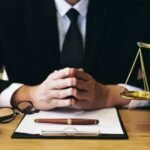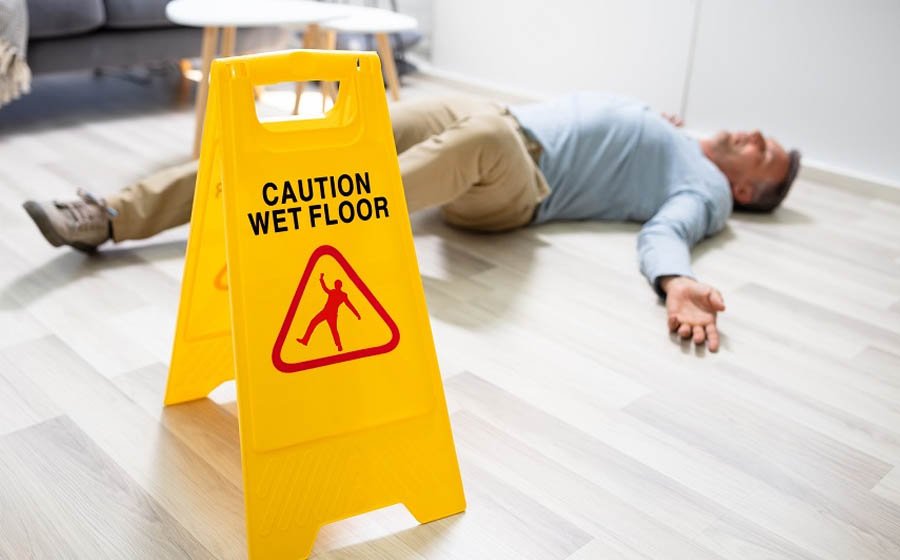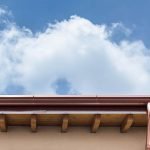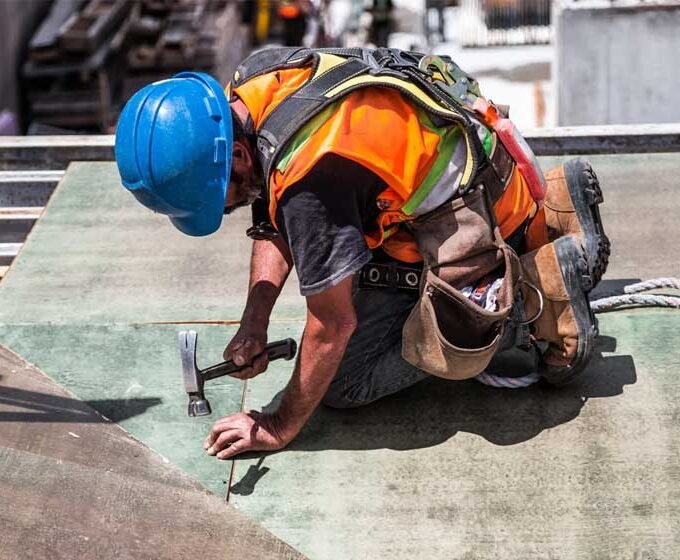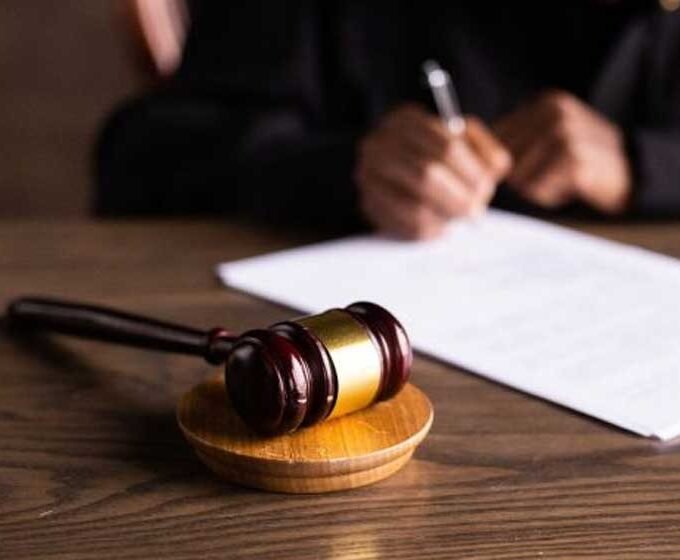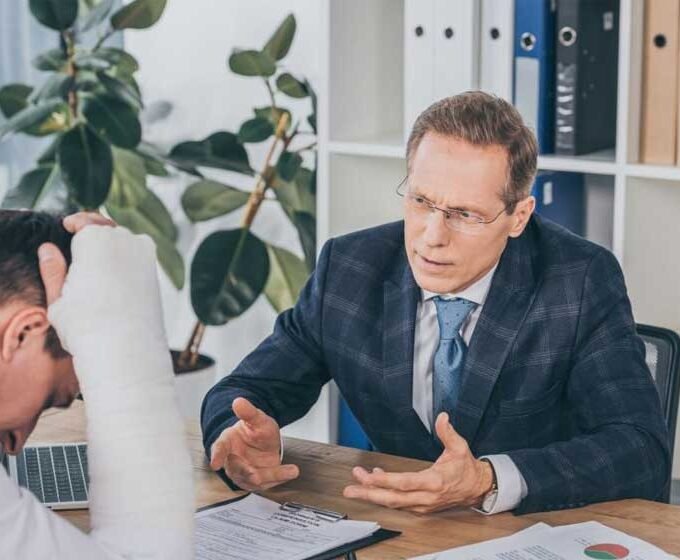Slip and fall accidents are unintentional falls that occur when a person slips on a surface or loses balance due to an uneven walking surface. These types of accidents can result in minor injuries such as bruises and sprains, as well as significant injuries such as broken bones and even death. Common causes of slip and fall accidents include wet surfaces, defective stairs, uneven surfaces, inadequate lighting, foreign objects on flooring, and improperly maintained floors or walkways.
Facts
- According to the National Flooring Safety Institute (NFSI), fall accidents account for about 16% of job-related fatalities.
- In 2020, 805 workers died in falls, and 211,640 were seriously injured. In the United States, 85% of worker’s compensation claims are attributed to slipping, with compensation & medical costs associated with these slip/fall accidents being approximately $70 billion annually.
- According to the Georgia Department of Public Safety, there were a total of 4,351 slip and fall cases reported in 2021 in Atlanta. Of these incidents, 2,213 resulted in minor injuries, while 592 resulted in major injuries and 46 in fatalities.
If you or a loved one was injured after suddenly losing your balance in public, you can seek compensation for your slip and fall accident. The following dives into an overview of the legal process associated with slip and fall cases.
Common Causes of Slip and Fall Accidents
Slip and fall accidents can occur due to the following:
- Uneven flooring
- Wet/slippery surfaces
- Poor lighting
- Cluttered walkways
- Poorly maintained stairs and handrails
Some of these factors are preventable, so property owners and managers have a legal responsibility to maintain a safe environment for visitors. That means they must address any hazards that may lead to slip and fall accidents. Failure to address these issues can result in liability for the damages sustained by the victim.
Understanding Premises Liability
Due to unsafe conditions on their premises, property owners and managers are legally responsible for injuries that may take place in such spaces. This idea is known as premises liability. If it can be demonstrated that the property owner or manager failed to use reasonable care in maintaining a safe environment, they may be held responsible for the injured party’s damages in slip and fall accident claims. This obligation extends to public and private properties, including those owned by the government, businesses, and residences.
Understanding Comparative Negligence in Slip and Fall Cases
Comparative negligence is a legal principle that considers the degree of fault demonstrated by both the victim and the property owner or manager when determining the amount of compensation awarded in a slip and fall accident claim. In some jurisdictions, the victim’s compensation may be diminished by the degree of their fault if it’s proven they contributed in some way to their accident.
For instance, if a victim is found to be 20% at blame for their accident but is still awarded $100,000 in damages, they only receive $80,000 in compensation. With this information, you may navigate the legal system as a victim of a slip-and-fall accident and get the money you need to heal from your injuries.
Proving Fault and Gathering Evidence in Slip and Fall Accident Claims
Proving fault and gathering sufficient evidence to support your case is key to successfully pursuing a slip and fall accident claim. With the assistance of a seasoned personal injury lawyer, you can establish the reason or party responsible for the conditions that led to the accident. This is accomplished by ensuring that all pertinent documentation, photographs, and witness statements are obtained to build a strong foundation for your claim.
Proving fault requires demonstrating that the property owner, manager, or another responsible party was negligent in maintaining the premises. Skilled personal injury lawyers identify any building code violations and establish a clear connection between the property owner’s negligence to demonstrate that the breach in maintaining a safe environment directly resulted in the victim’s injuries.
Calculating Damages and Compensation in Slip and Fall Accidents
Calculating damages involves assessing the following:
- The extent of your injuries
- The costs of medical treatment
- Lost wages
- Loss of consortium
- Pain and suffering
- Emotional distress
- Loss of enjoyment of life
A personal injury lawyer can assist you in accurately determining the full extent of your damages and negotiate through the insurance claims process to see that you receive the maximum compensation. Personal injury lawyers help in the process, from submitting the initial claim and supporting evidence to countering any attempts by the insurance company to reduce your compensation.
Settling vs. Going to Trial for a Slip and Fall Accident Claims Case
A personal injury lawyer provides the proper guidance when deciding to settle or go to trial for a slip-and-fall accident claims case. They help you understand your rights, assess the value of your case, negotiate with insurance companies, and represent you in court if necessary.



